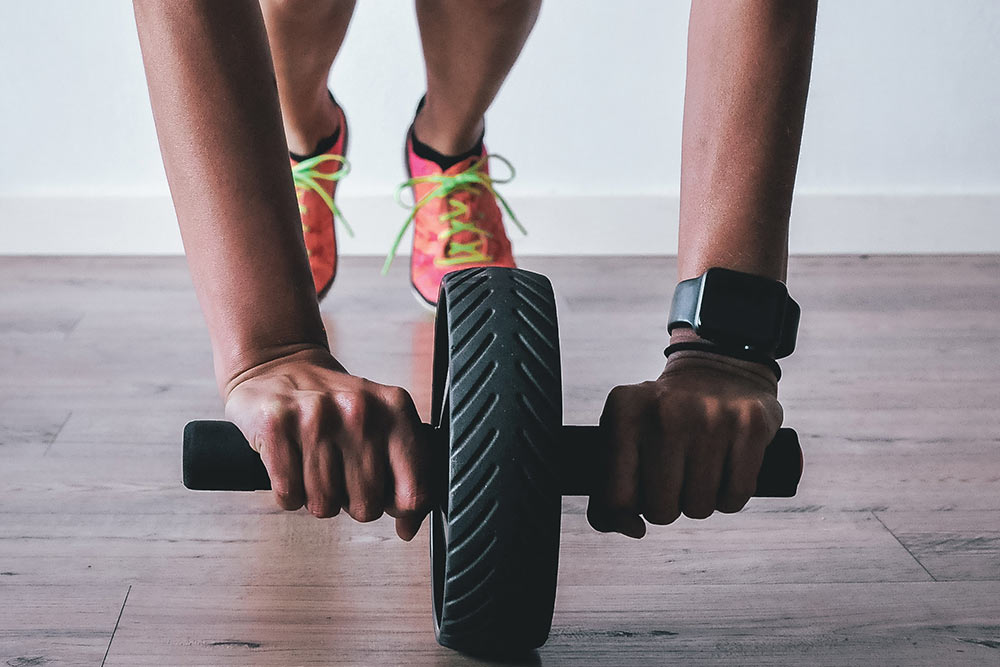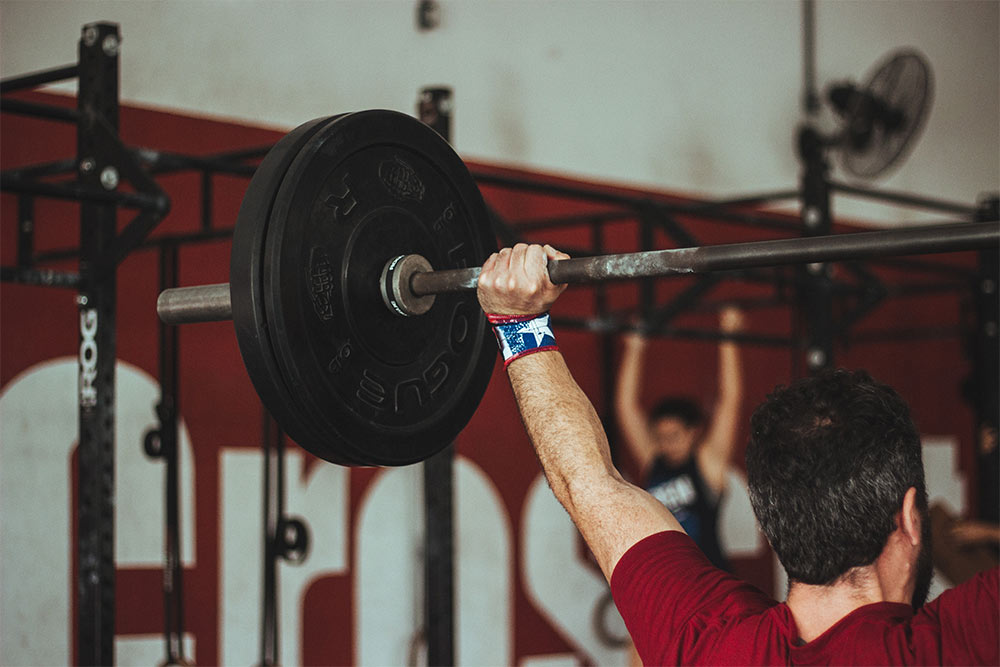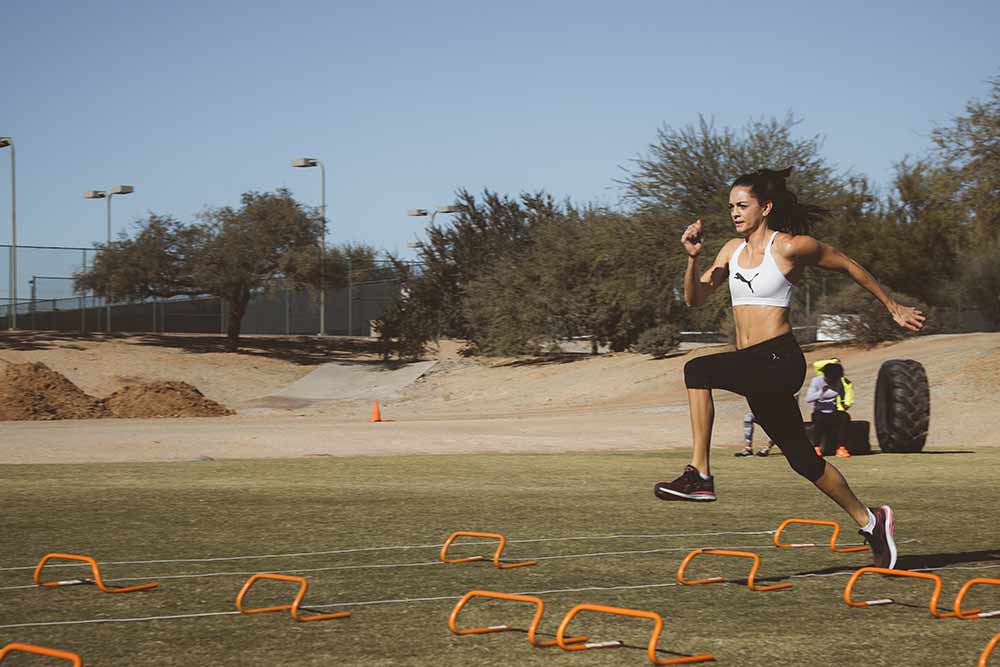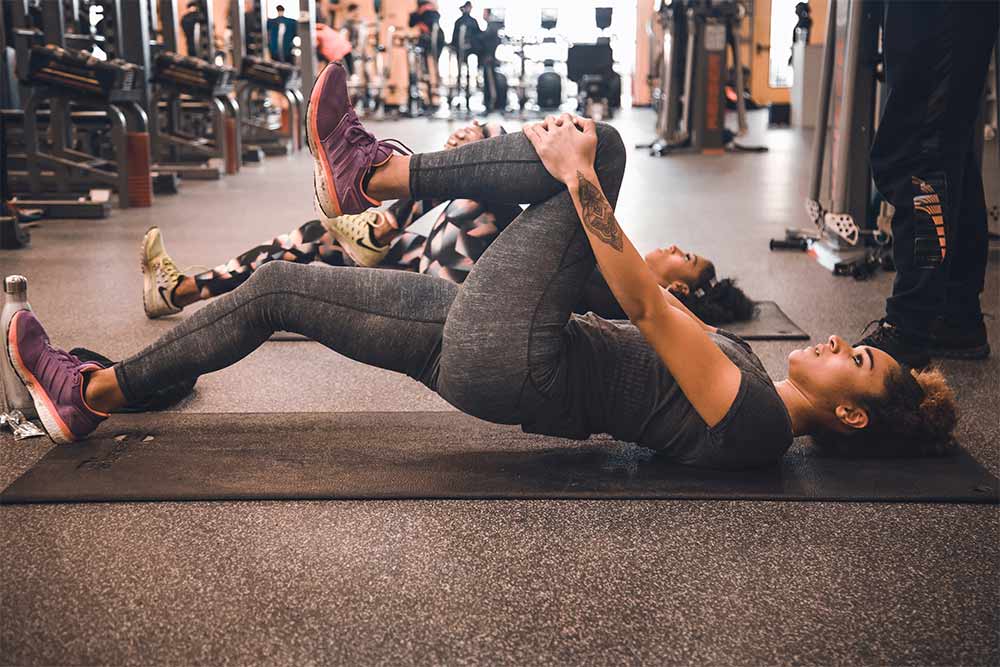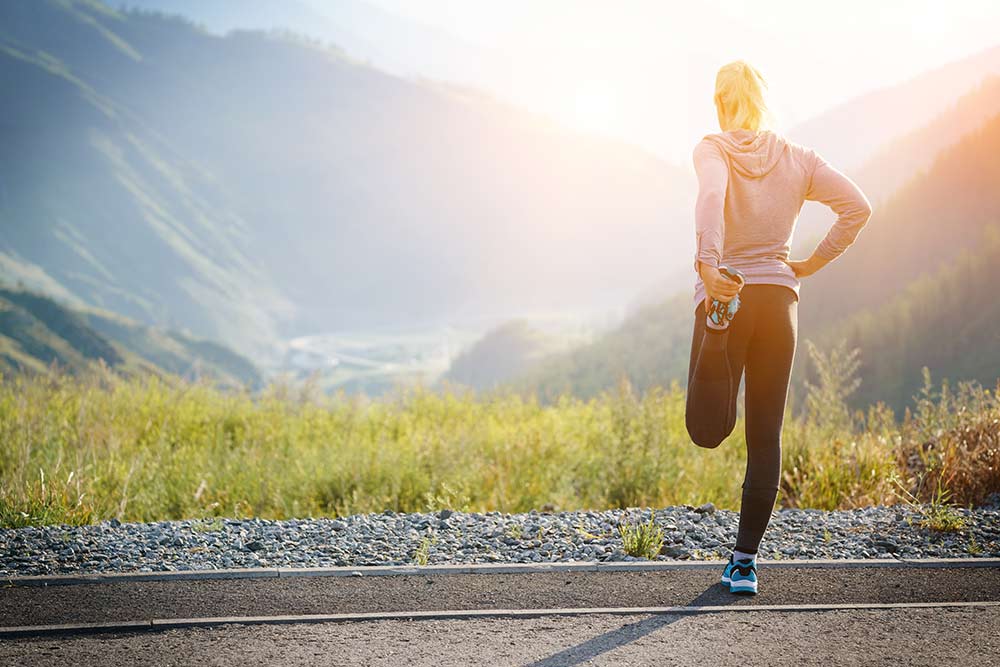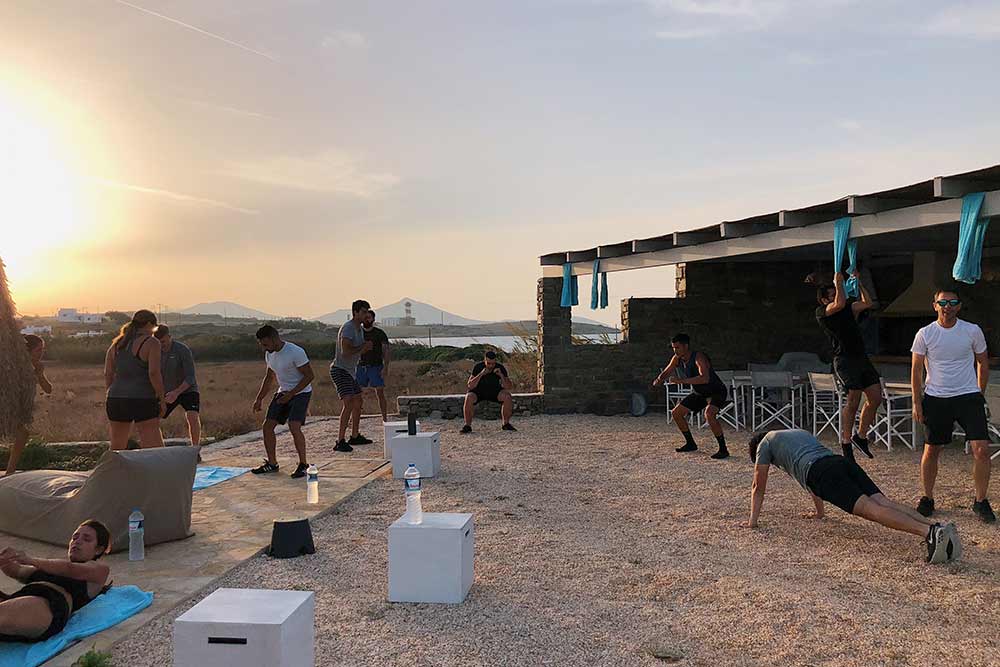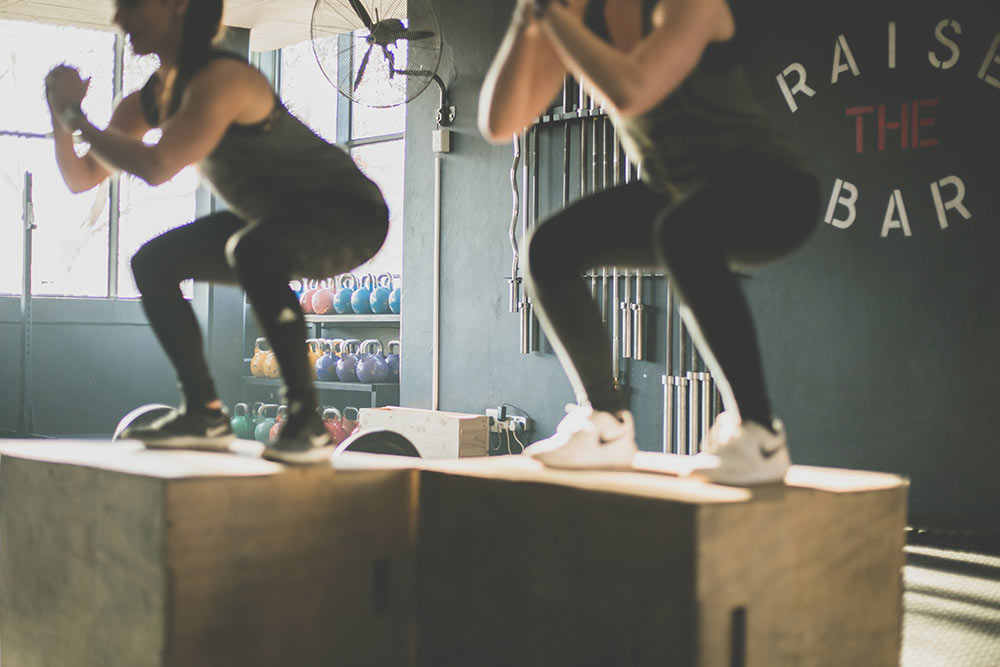Success Factors for Olympic Cross-Country Skiing
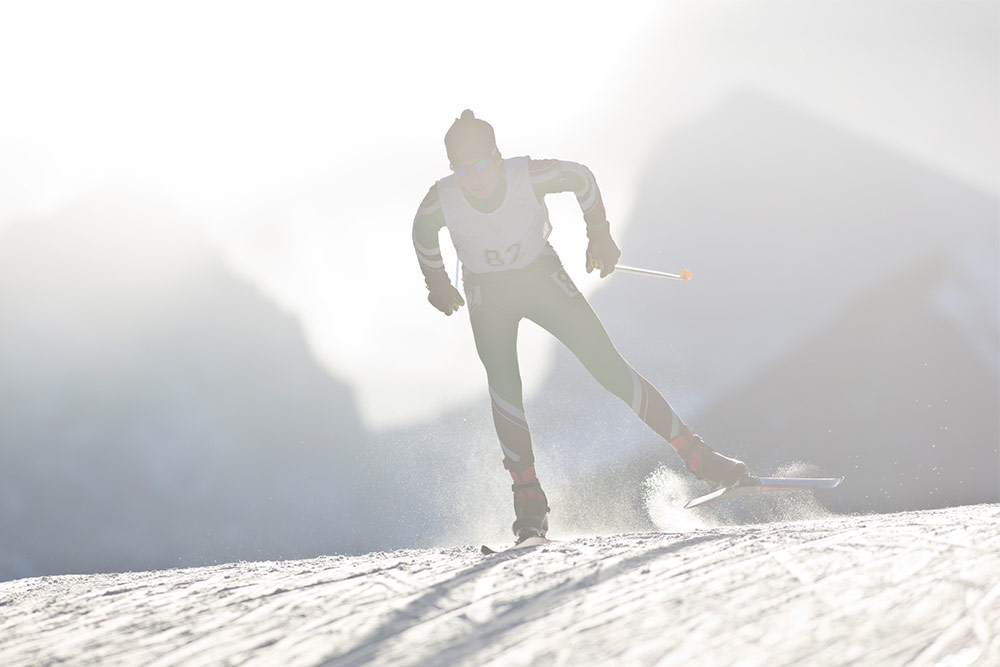
Alyssa Bialowas
Introduction
On a mission to find best-practice training programs for both sprint and distance cross-country skiing, I came across research from Norway and Sweden that reappraised success factors for Olympic cross-country skiing. Cross-country skiing has been an event in the Olympics since the first winter games Olympics in France in 1924. Due to improvements in equipment, track preparation, and science that surround the sport, the average speed of the races has increased more than any other endurance sport in the Olympic games.
Mass-starts and sprint races were introduced over the years since it’s inception, requiring cross-country skier athletes to employ tactics throughout their race to push their max in the final sprint. The variation in the range of a cross-country ski course requires athletes to alternate between different physiological functions during a race. High aerobic capacity (VO2 max) demands measured on contemporary cross-country skier Olympic athletes remain similar to the demands measured decades ago. However, cross-country skier athletes have increased their endurance training on roller skis, igniting their upper-body power and strength training to levels previously unseen.
Changes Found and Explained
Distance skiers from Sweden and Norway in the elite class have an aerobic capacity similar to their Olympic predecessors. In both sprint and distance XC skiing, athletes must transform metabolic energy into speed, and their ability to do this leads to their podium success or failure. Demands on anaerobic capacity, upper-body strength, have all increased over the last few decades. Sprint skiers have a higher anaerobic capacity than distance skiers but have a very slightly lower VO2 max.
Related Article: Headaches and VO2 max
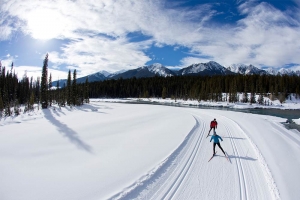 Tactical techniques have played a role in the speed increase of XC ski races, such as double-push skating on flat terrain, which can attain higher peak force and speed while you are on flat rather than uphill terrain. On uphill terrain, maximal work for a given metabolic cost can be achieved, and these sections require the highest aerobic output on the course terrain. XC skiers must utilize downhill sections for recovery. Faster skiers utilize downhill turns to apply the step-turn technique to increase their acceleration.
Tactical techniques have played a role in the speed increase of XC ski races, such as double-push skating on flat terrain, which can attain higher peak force and speed while you are on flat rather than uphill terrain. On uphill terrain, maximal work for a given metabolic cost can be achieved, and these sections require the highest aerobic output on the course terrain. XC skiers must utilize downhill sections for recovery. Faster skiers utilize downhill turns to apply the step-turn technique to increase their acceleration.
Endurance training has always been a major component of an XC skier’s training program. The amount of endurance training has remained relatively unchanged in the last three decades, and athletes participate primarily in low-intensity interval training and low-to-moderate amounts of high-intensity training in regard to endurance. The most dominant types of endurance training remain skiing, roller skiing, and cross-country running on a difficult variant terrain.
Related Article: Get in Shape for Backcountry Ski Touring
Compared with their predecessors, contemporary XC skiers incorporate strength, power and speed training for optimal race results. Training programs focus on endurance and strength of the upper body, and skiers that specialize in sprint racing emphasize training on the competition-specific terrain.
Takeaway
Future areas of research may consider the ability to measure these same variables in a variety of outdoor races, especially in an Olympic XC ski race conditions. This will enhance future observations made that track changes that occur due to variations in temperature, variations in snow conditions, and variations in track profiles. Observations from competitions in the future will provide the data necessary to enhance best practice training guidelines that will lead to podium success at the Olympics.
You Might Like:
How Core Strength Effects Athletic Performance
Alyssa Bialowas What is Core Strength? Your core is a complex series of muscles that extend far beyond your abs and is incorporated in almost every movement of the human body. Strong core muscles act...Weight Training Techniques: The Benefits of Unilateral Training
Alyssa Bialowas Unilateral exercises are single-leg or single-arm movements. The primary benefit of including unilateral exercises in your training programs is that the exerciser is using both sides of the body equally. Unilateral training results...How to Improve Your Aerobic Capacity – Tips & Tricks
Alyssa Bialowas Cardiovascular exercise improves the ability to both move oxygen and nutrients to working muscles and to remove metabolic waste, which allows muscles to continue to perform a particular activity. Your fitness level depends...Exercising in the Heat
Alyssa Bialowas As temperatures continue to soar in the summer, it’s important to be cognizant of the effect that exercising in the heat has on your body. Intense exercise and a failure to modify the...The Best Glute Exercises: How to fire your glutes!
Alyssa Bialowas About Your Glutes – The gluteus maximus is located in the buttocks and is connected to the coccyx/tailbone. This muscle is responsible for the movement of the hip and thigh, and also serves...What Are Probiotics and Prebiotics?
Alyssa Bialowas In response to the current cultural nutrition trend surrounding probiotics and supplements, pharmacies and health food stores are stocking increased amounts of probiotic supplements. Is this just the latest health and nutrition trend...Reference
Holmberg, H-C., & Sandbakk, Ø. (2013). “A Reappraisal Of Success Factors For Olympic Cross-Country Skiing.” International Journal of Sports Physiology and Performance. 9,1, 117-121.

